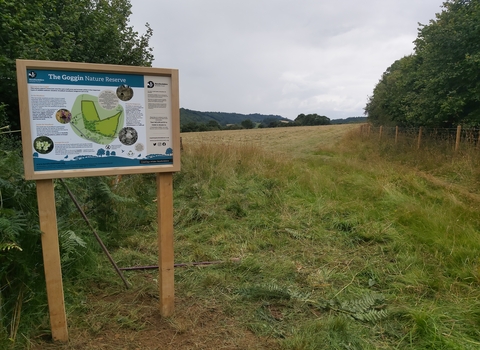Location
Know before you go
Dogs
When to visit
Opening times
Dawn to duskBest time to visit
Spring and summerAbout the reserve
Set in the flood-plain of the River Teme, just north of Wigmore village, Parky Meadow reserve is situated in the low-lying basin that now holds Wigmore and Leinthall Moors. The reserve consists of two fields. The smaller western field of four acres contains around 32 species of flowering plant. Though many interesting damp grassland plants are present, this field is comparatively less diverse than the larger, eastern field. This 17 acre field is largely unimproved and is a botanically rich grassland - a superb example of wetland habitat which has all but disappeared from Herefordshire.
The drier parts of both fields are dominated by the grasses Yorkshire fog and tufted hair-grass, with the latter in places forming impressive tussocks over a metre in diameter from which golden arcing sprays of flowering stems emerge in mid-summer. Other plants found in these areas include devil’s bit scabious, bird’s foot trefoil, tormentil and ribwort plantain with some marsh thistle, meadow vetchling, greater bird’s foot trefoil and marsh bedstraw. Where the ground is slightly wetter, soft rush and sharp-flowered rush take over, with dense patches of marsh bedstraw, meadowsweet, wild angelica and great willowherb, as well as some of the more notable sedges like bladder sedge, fox sedge, oval sedge, brown sedge and hairy sedge.
This site is dedicated to Marek Mayer (1952-2005), an outstanding environmental journalist. The Marek Mayer appeal of 2005-6 enabled the nature reserve to be upgraded with stock-proof boundary fencing, new entrance gates and an interpretation panel.






